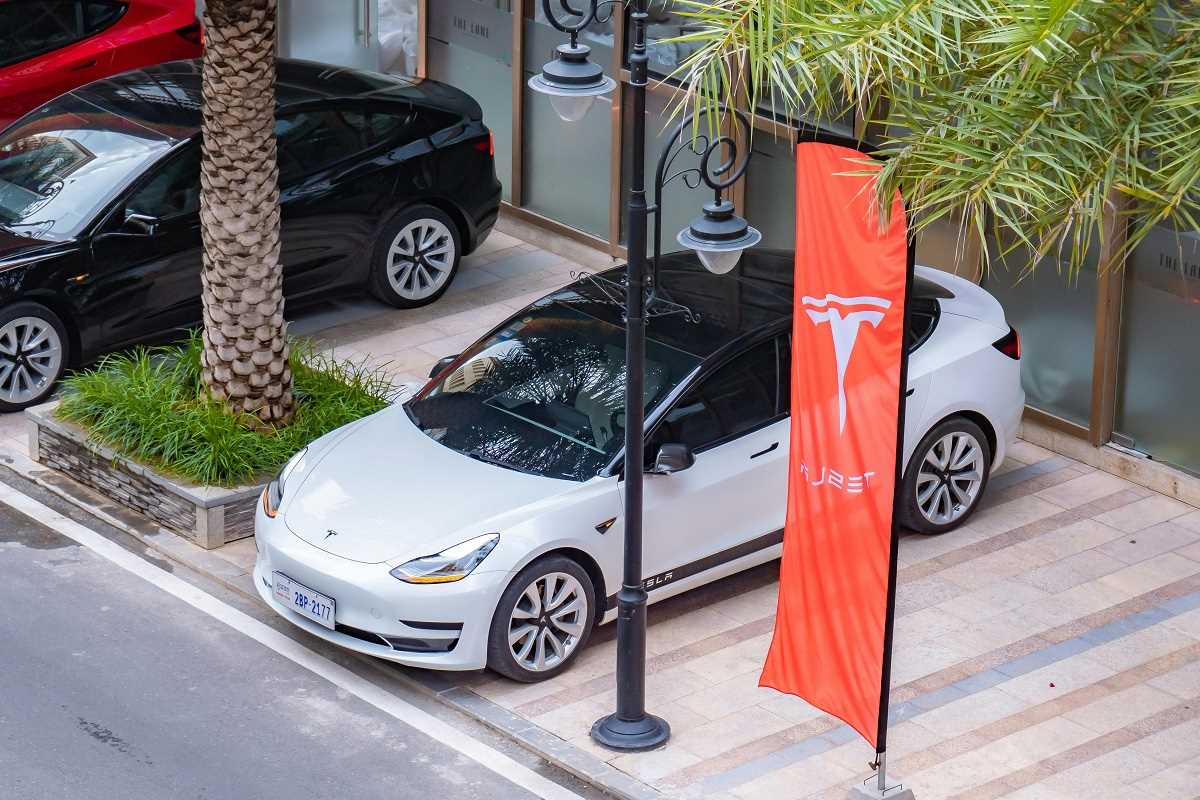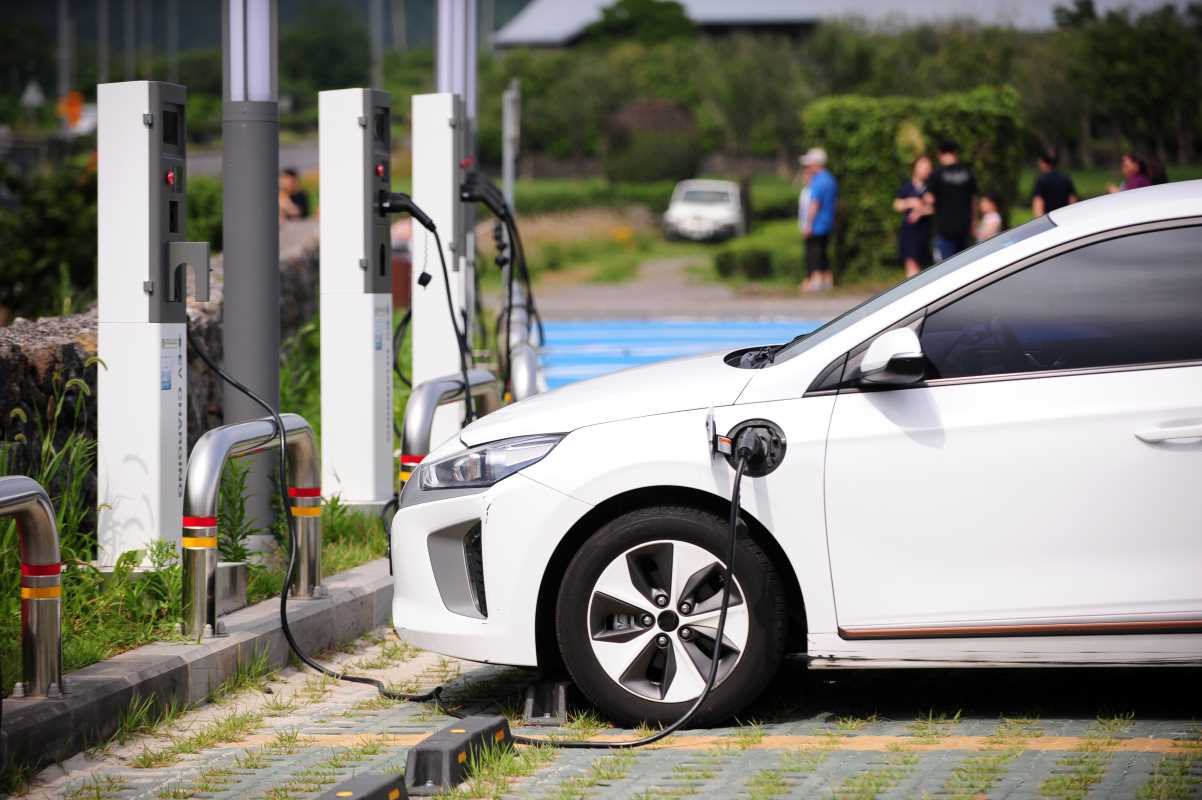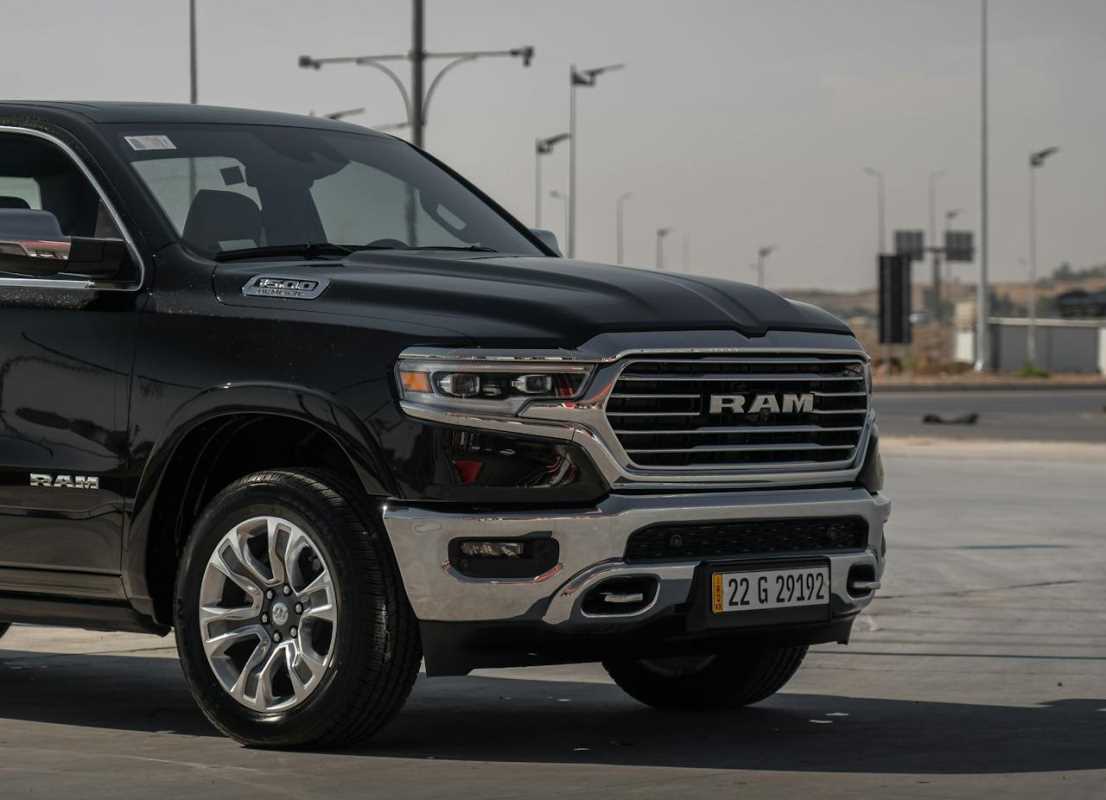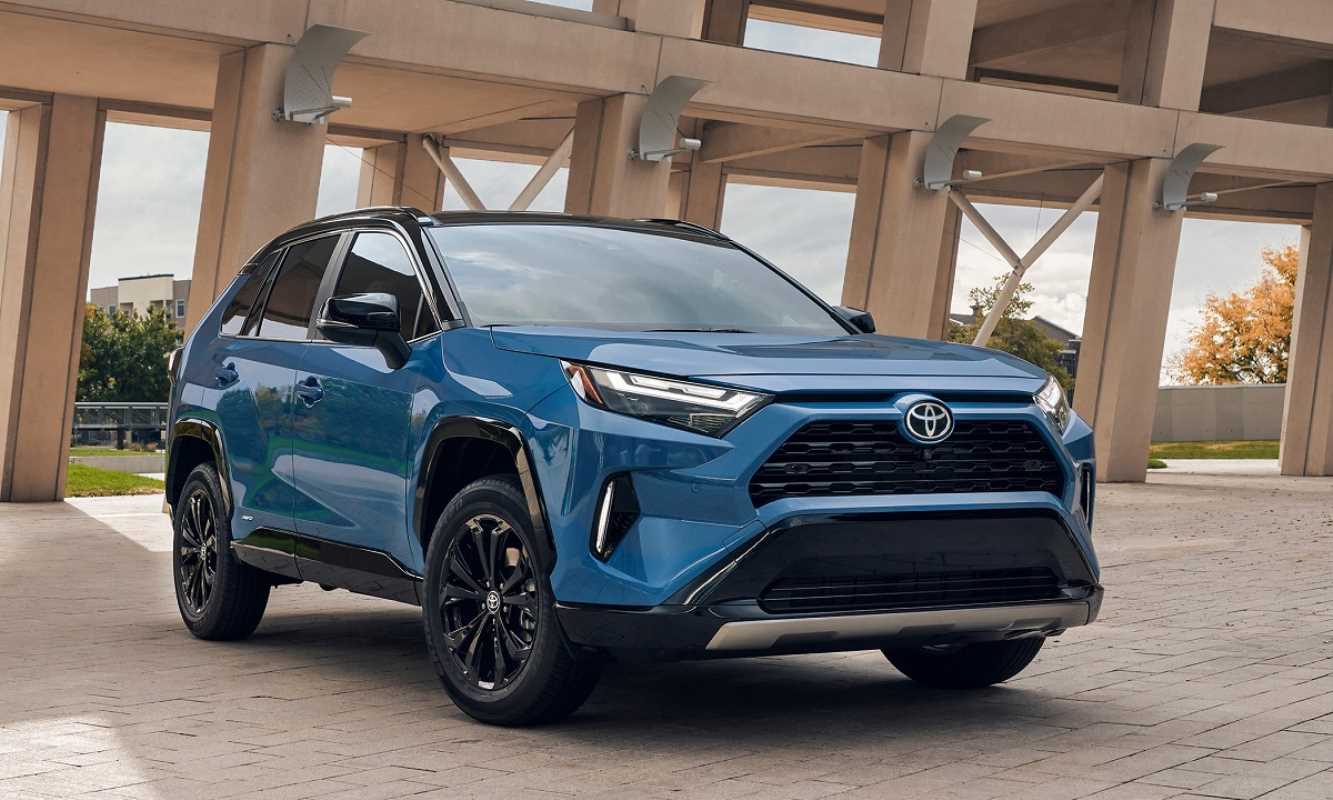Electric vehicles (EVs) have steadily become more common on roads across the U.S., and a big reason for this growth is the federal EV tax credit. This government incentive has significantly made EVs more affordable and attractive to everyday buyers. But how does it actually work? And how much of a difference does it make when someone is deciding whether to buy an EV instead of a gas-powered vehicle?
Here, we’ll examine how federal EV tax credits influence the car market, the details around eligibility, and some examples of automakers that have benefited. We’ll also examine some of the challenges that come with this program.
How Do Federal EV Tax Credits Work?
Federal EV tax credits are essentially monetary incentives aimed at making electric and plug-in hybrid vehicles more affordable. Buyers who qualify for the credit can receive up to $7,500, which helps offset the cost of purchasing a typically higher-priced EV.
The way it works is that this credit is applied when you file your federal taxes for the year. For example, if you owe $10,000 in federal income taxes and qualify for the full $7,500 credit, your tax bill will drop to just $2,500.
It’s important to note that it’s not a rebate at the point of sale or a cash-back offer. You must have a large tax bill to get the full credit amount. If your tax obligation is less than the eligible credit—for instance, $5,000 in taxes on a $7,500 credit—you lose the excess amount.
The program’s goal is clearer pricing parity between EVs and their gas-powered counterparts, thereby removing one of the biggest barriers to adopting cleaner, more sustainable transportation.
Eligibility Rules
If you think you can pick any EV and automatically get the credit, not so fast! There are specifics for both buyers and vehicles that determine whether you qualify.
Vehicle Requirements
- North American Assembly: One of the key eligibility rules, introduced as part of the Inflation Reduction Act (IRA) in 2022, is that the EV must be assembled in North America. This rule was implemented to encourage domestic manufacturing and strengthen the EV supply chain in the U.S., Canada, and Mexico.
- Battery Material Sourcing: Another condition involves the sourcing of battery minerals and components. A certain percentage of the battery components must be sourced from the U.S. or its trade partners, with the percentage requirements gradually increasing each year.
- Price Caps: There are limits to how expensive the EV can be to qualify for the credit. SUVs, trucks, and vans need an MSRP under $80,000, while other passenger vehicles (sedans, hatchbacks, etc.) cannot exceed $55,000. This ensures the credit helps middle-market buyers rather than solely benefiting high-end luxury EV purchases.
Buyer Requirements
- Income Limits: It’s not just the car that needs to qualify; buyers must meet specific income limits as well. For single tax filers, the cutoff for adjusted gross income (AGI) is $150,000. For joint filers, it’s $300,000. This prevents higher-income households from reaping the tax benefits and targets buyers who might truly need a financial nudge to make the EV leap.
- Tax Liability: Since the credit applies to tax bills, buyers need to have sufficient tax liability to benefit. Without it, the potential $7,500 savings may be less than expected or nonexistent.
Automakers and Models That Have Benefited
These tax credits have had an undeniable impact on car sales. While Tesla and General Motors were initially the biggest winners, they hit the previous cap of 200,000 vehicles sold, which disqualified further sales from federal credits for a time. However, the newer rules from the IRA reset the playing field, benefiting a broader set of automakers.
Tesla
Tesla models like the Model 3 and Model Y saw surges in demand as the tax credits brought them within reach for more buyers. The Model 3’s base model, for example, now qualifies for at least a partial credit, which can make a significant difference to families weighing a new car purchase.
Ford
Ford has made waves with its Mustang Mach-E and the all-electric F-150 Lightning. Both vehicles qualify for tax credits, and the added affordability has driven up interest, particularly in the competitive pickup truck market where gas and diesel-powered trucks traditionally dominate.
Hyundai and Kia
Brands like Hyundai and Kia initially faced challenges because many of their EVs were manufactured in South Korea. However, with plans to establish North American assembly plants, they are working toward meeting the new requirements to bring cars like the Hyundai Ioniq 5 and Kia EV6 back into the tax credit fold.
Rivian
Rivian, a newer EV company focused on trucks and SUVs, has also benefited by pricing models like the R1T and R1S under the $80,000 MSRP cap (depending on configurations). For buyers interested in adventure-ready EVs, the tax credit makes Rivian’s offerings more competitive.
Challenges and Controversies
While the program has helped drive EV adoption, it’s not without its challenges and controversies.
Income and Price Caps
Some consumers argue the income and price ceilings are restrictive. While $55,000 might seem high for a sedan, many EV models feature advanced technology that surpasses the pricing limit, disqualifying them from the credit.
Supply Chain Hurdles
The battery content rules, while well-meaning, have introduced complexity. Sourcing minerals like lithium and cobalt domestically or from approved nations isn’t always straightforward, particularly for newer automakers or those reliant on international suppliers. This might leave some vehicles ineligible for credits despite their functionality and popularity.
Lack of Immediate Discounts
The fact that the credit comes during tax season rather than at the time of purchase can confuse or frustrate buyers. Some might feel deterred by the higher upfront cost, even if the credit will eventually soften the financial blow.
State-Level Differences
On top of the federal program, many states offer additional EV incentives. However, the lack of a uniform approach can make researching and purchasing an EV a bit of a maze. For instance, California’s lucrative state rebates stack with federal credits to supercharge affordability, but this isn’t the case everywhere.
Despite the complexities, the federal EV tax credit program has undeniably influenced car sales. Models that qualify tend to see substantial upticks in demand, and automakers are aligning their strategies around these incentives, such as creating North American plants or modifying vehicle designs to meet the requirements.
 (Image via
(Image via





